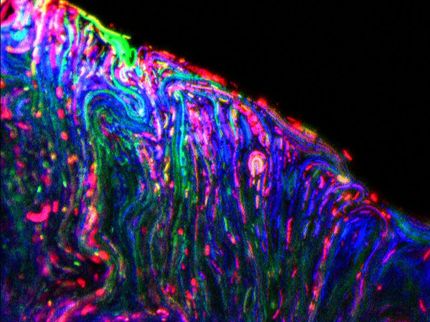Cargill and Novozymes to enable production of acrylic acid via HPA from renewable raw materials
Advertisement
Cargill and Novozymes announced a joint agreement to develop technology enabling the production of acrylic acid via 3-hydroxypropionic acid (3HPA) from renewable raw materials. The project is supported by a $1.5 million matching cooperative agreement from the U.S. Department of Energy.
The collaboration aims at enabling fermentation of sugar into 3HPA using a bioengineered microorganism. The 3HPA can subsequently be transformed into a range of valuable chemical derivatives including acrylic acid - a high value, high volume chemical that goes into a broad range of materials including plastics, fiber, coatings, paints and super-absorbent diapers.
"Due to increasing oil prices, conversion of renewable raw materials to chemicals is becoming economically viable and holds significant commercial potential," says Novozymes' Executive Vice President Thomas Videbæk, who heads up the company's BioBusiness division. "This strongly positions Novozymes to put its bioinnovation capabilities to work towards our vision of a 'biobased economy' where biomaterials will gradually replace many of the petroleum-based products we know today. The collaboration with Cargill is a good example of how we leverage and build upon our technology base to expand the business into new areas."
Cargill already has patents relating to biobased 3HPA. Novozymes will contribute its unique technological platform in protein and pathway engineering, i.e., targeting microorganisms to produce a desired compound. Both companies bring expertise in large-scale fermentation. "Cargill is already a leading player in the conversion of renewables to chemicals," says Jack Staloch, director of Cargill's BioTechnology Development Center. "Based on the strong Intellectual Property position we've created, we see an opportunity together with Novozymes to make conversion of renewables to 3HPA and its derivatives such as acrylic acid a commercial reality."
The scientific hurdles to be overcome are significant, both companies acknowledge, but they expressed confidence that their combined strengths put them in good positions to tackle the technology challenge. The companies expect the technology to be ready within five years, at which time it will be made available for others to produce and sell 3HPA and its derivatives such as acrylic acid.
























































